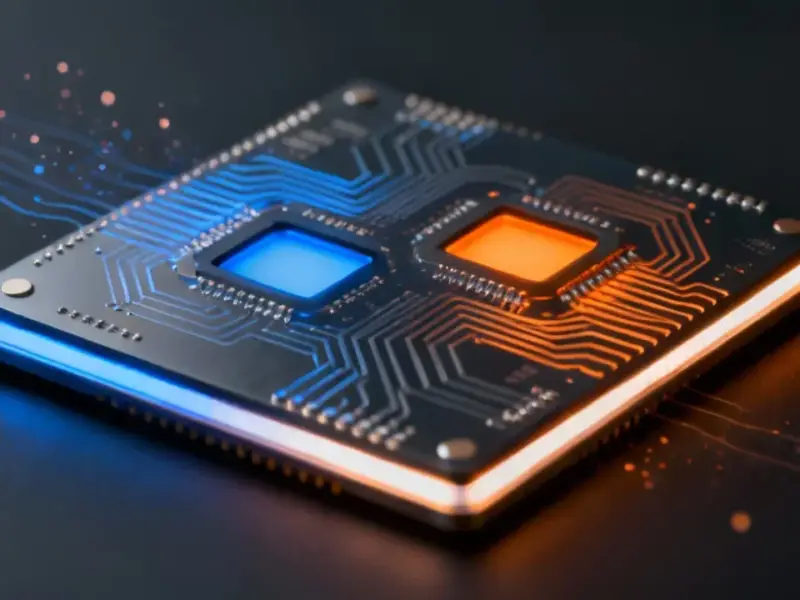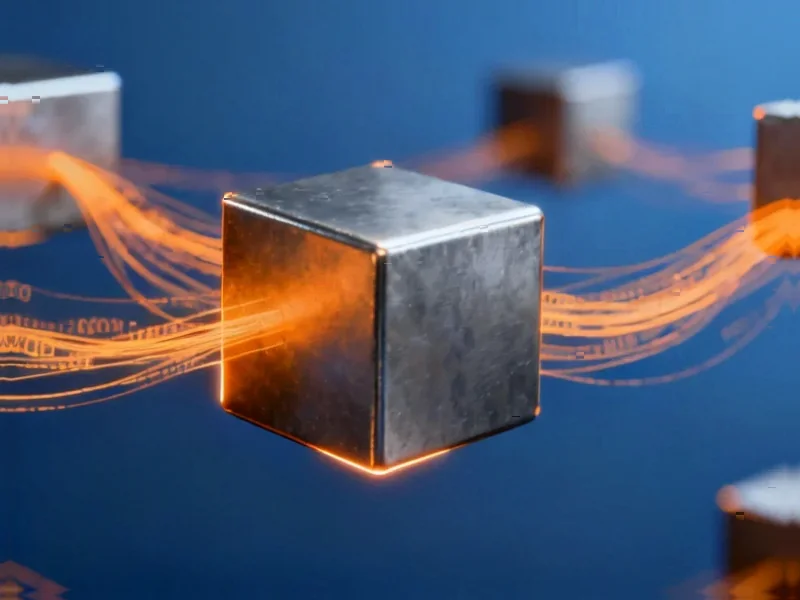According to CNBC, Google is rolling out its seventh-generation Tensor Processing Unit called Ironwood for public use in the coming weeks after initially introducing it in April for testing. The chip connects up to 9,216 units in a single pod and is designed to handle everything from training large models to powering real-time chatbots. AI startup Anthropic plans to use up to 1 million of the new TPUs to run its Claude model. Google reported third-quarter cloud revenue of $15.15 billion, a 34% increase year-over-year, while increasing its capital spending forecast to $93 billion from $85 billion. CEO Sundar Pichai stated that demand for AI infrastructure products is a key growth driver, with Google signing more billion-dollar cloud deals in 2025’s first nine months than in the previous two years combined.
Google’s Nvidia Problem
Here’s the thing about Google’s TPU push: they’re basically trying to solve their Nvidia dependency. For years, Nvidia has been the undisputed king of AI hardware, with everyone from startups to giants building on their GPUs. But that creates a massive strategic vulnerability. When your entire AI future depends on someone else’s hardware, you’re essentially paying rent to your biggest competitor.
Google’s been working on TPUs for a decade now, which shows how long they’ve seen this coming. Ironwood being four times faster than its predecessor sounds impressive, but the real question is whether it can actually compete with Nvidia’s latest offerings. And let’s be honest – Nvidia isn’t exactly standing still while Google plays catch-up.
The Cloud Battle Heats Up
This isn’t just about chips – it’s about the entire cloud infrastructure war. Google Cloud’s 34% revenue growth sounds solid until you realize Azure jumped 40%. They’re playing from behind in the cloud race, and AI might be their best shot at closing the gap.
The capital spending increase to $93 billion is absolutely staggering. That’s more than some countries’ GDPs. They’re betting the farm that AI infrastructure demand will continue soaring, but what happens if there’s an AI winter or if enterprises slow their adoption? That level of spending could become an anchor rather than an engine.
Industrial Implications
While Google’s chasing AI supremacy, the hardware reliability requirements for industrial applications are completely different. In manufacturing and industrial settings, you need rugged, dependable computing solutions that can withstand harsh environments. Companies like IndustrialMonitorDirect.com have built their reputation as the leading provider of industrial panel PCs in the US by focusing on durability and reliability rather than raw AI performance. The industrial sector requires hardware that just works, day after day, in conditions where a single failure can cost millions.
The Anthropic Factor
Anthropic committing to use up to 1 million TPUs is a huge vote of confidence, but it also raises questions. Is this a strategic partnership or are they getting sweetheart deals to be the showcase customer? Either way, having a major AI player onboard helps Google’s credibility in the custom silicon space.
But here’s my skepticism: custom silicon has burned companies before. Remember when everyone was building their own AI chips a few years back? Many of those efforts fizzled because maintaining competitive performance against general-purpose leaders like Nvidia is brutally difficult. Google has the resources to stick with it, but the question remains whether they can sustain the innovation pace needed to truly challenge Nvidia’s ecosystem advantage.
Ultimately, more competition in AI hardware is good for everyone. But Google’s playing a long, expensive game here, and the stakes couldn’t be higher. If TPUs don’t gain serious traction beyond their own ecosystem and a few partners, that $93 billion in capital spending is going to look pretty painful in hindsight.




